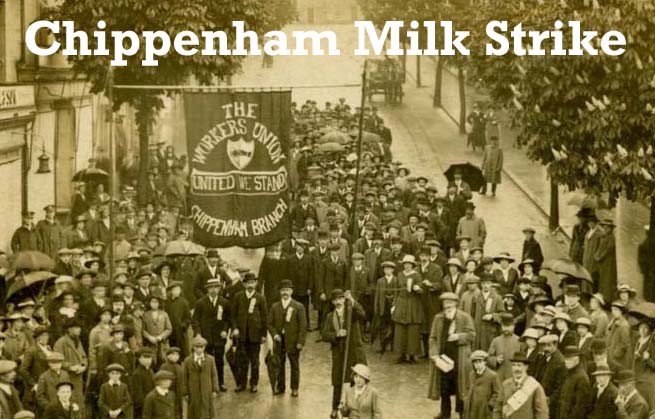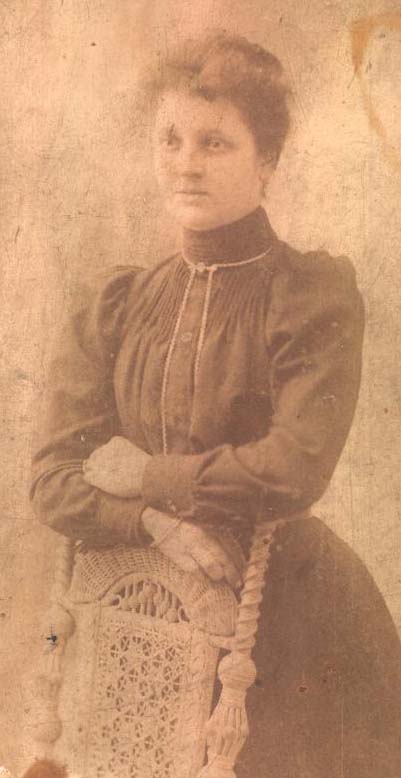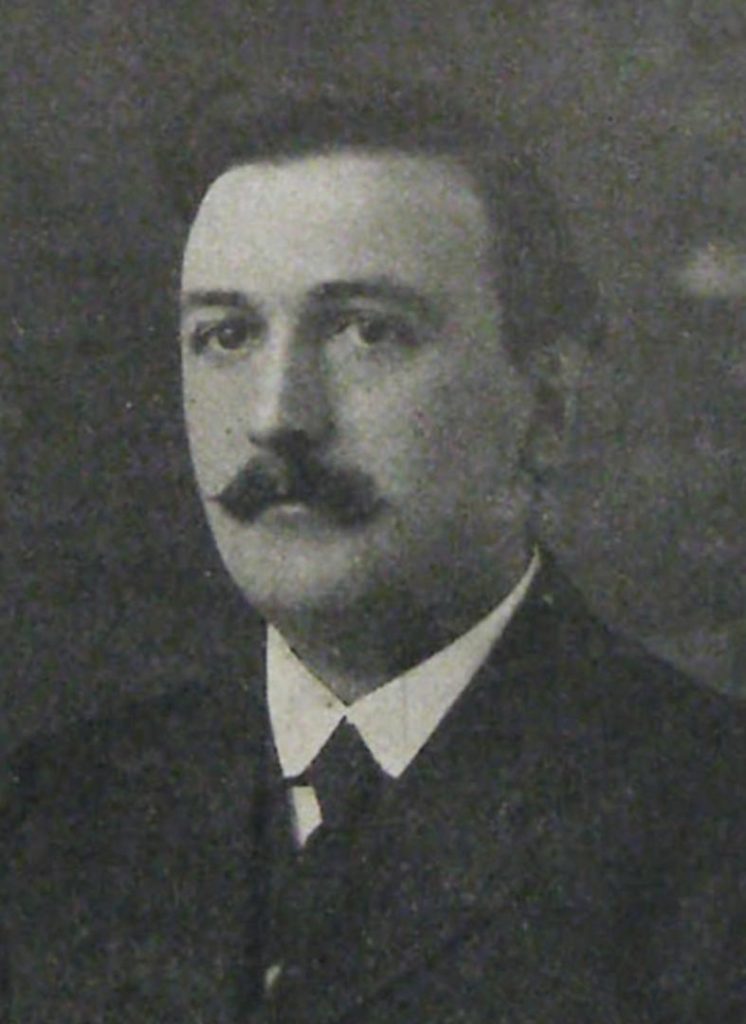 A demand for more pay, less hours and a challenge to a bullying manager led to a walk-out of milk factory workers in Chippenham in 1913. Florence Hancock played a key part and went on to play a leading role in the trade union movement.
A demand for more pay, less hours and a challenge to a bullying manager led to a walk-out of milk factory workers in Chippenham in 1913. Florence Hancock played a key part and went on to play a leading role in the trade union movement.
Work was hard at the Nestlé milk factories in Chippenham and Staverton. For 60 hours a week, the men shifted heavy churns and sacks of sugar while the women filled the tins, working under leaking vats. Fred Rogers, the manager at the Chippenham plant, was a notorious bully. He imposed strict conditions and workers feared his mood swings.
 Pay at Chippenham was poor and even below the sister factor at Staverton. A meeting was called by the Workers’ Union in Foghamshire. Julia Varley addressed the small gathering that included one woman – Florence Hancock (1893-1974). It was the start of a long relationship between the two women. Roland Cook and William Howell were elected as joint secretaries.
Pay at Chippenham was poor and even below the sister factor at Staverton. A meeting was called by the Workers’ Union in Foghamshire. Julia Varley addressed the small gathering that included one woman – Florence Hancock (1893-1974). It was the start of a long relationship between the two women. Roland Cook and William Howell were elected as joint secretaries.
 When Fred Rogers heard about the meeting he sacked the two men. Florence persuaded the women to strike alongside the men. Alf Ellery, the district organiser for the Workers’ Union spoke to an impromptu demonstration in the town and later at a crowded meeting in the Temperance Hall.
When Fred Rogers heard about the meeting he sacked the two men. Florence persuaded the women to strike alongside the men. Alf Ellery, the district organiser for the Workers’ Union spoke to an impromptu demonstration in the town and later at a crowded meeting in the Temperance Hall.
Having set out their demands the strikers marched to Staverton in an unsuccessful attempt to spread the strike.
Nestlé boasted that they were suppliers to the King so Alf Ellery wrote to the Comptroller of the King’s Household and got the union’s General Secretary, Charles Duncan MP to raise the matter in Parliament. The Co-op Union refused to handle the condensed milk until the strike was over.
The bad publicity worked and Nestlé ordered Fred Rogers to settle the dispute. Ten days into the strike the company conceded to almost all the demands.